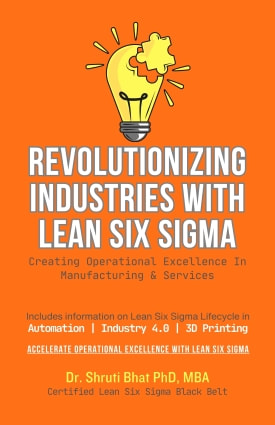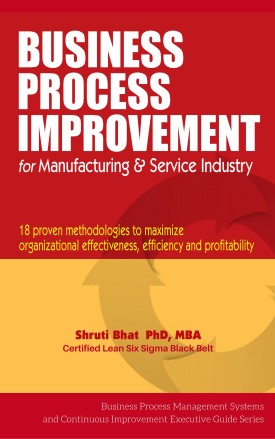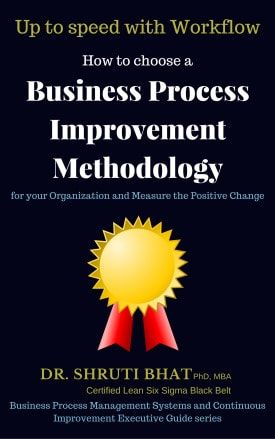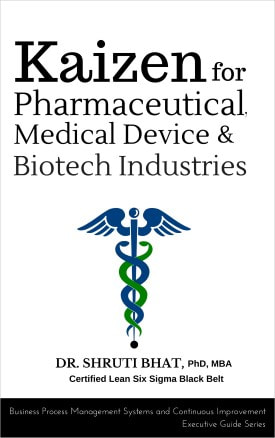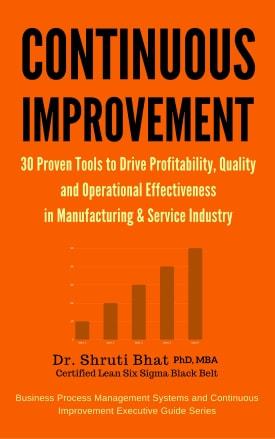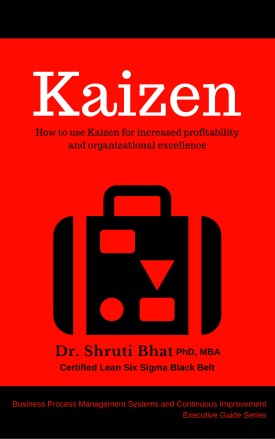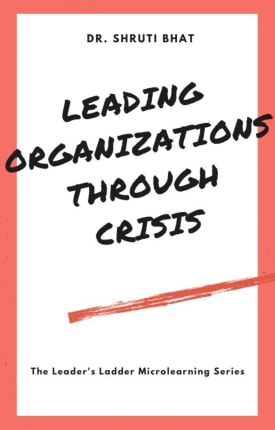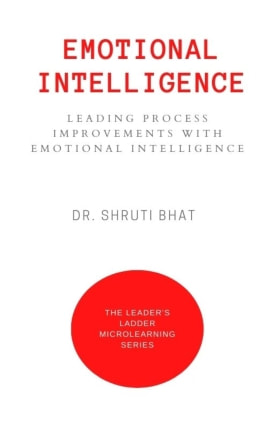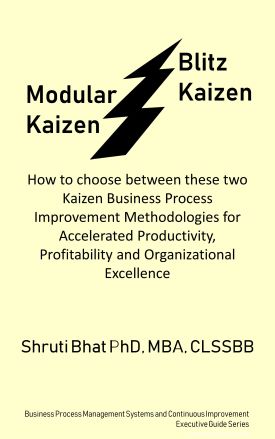Earlier in October, IMS Health published its growth forecast for 2010 and highlighted some key drivers for the industry’s prospects. As we appear to be heading out of the worst of the recession, I thought it might be interesting to publish this release in full and see whether my readers agree with the prognosis for the next year.
Whether you agree or not with the IMS Health forecast, this is a chance to share your views on where we are heading in 2010!
IMS 2010 Global Forecast
NORWALK, CT, October 8, 2009 – IMS Health (NYSE: RX) reported today that the value of the global pharmaceutical market in 2010 is expected to grow 4 – 6 percent on a constant-dollar basis, exceeding $825 billion, driven by stronger near-term growth in the U.S. market. The forecast, the leading annual industry indicator of market dynamics, predicts global pharmaceutical market sales to grow at a 4 – 7 percent compound annual growth rate through 2013, and takes into account the impact of the global macro economy, the changing mix of innovative and mature products, and the rising influence of healthcare access and funding on market demand. Global pharmaceutical market value is expected to expand to $975+ billion by 2013.
In its latest forecast, the company raised its expectations for five-year pharmaceutical market growth by one percentage point, partly due to the stronger demand being experienced in 2009. The conclusions are drawn from the latest release of IMS Market Prognosis TM, the company’s series of strategic market forecasting publications.
“Overall, market growth is expected to remain at historically low levels, but stronger-than-expected demand in the U.S. is lifting both our short- and longer-term forecasts,” said Murray Aitken, senior vice president, Healthcare Insight, IMS. “The economic climate will continue to be a dampening influence in most mature markets, particularly in those countries with rising budget deficits and publicly funded healthcare systems. In the U.S., pricing flexibility and inventory management actions are contributing to much higher growth than anticipated earlier this year, and are the main reasons for the upward adjustment to our five-year forecast.”
In its latest analysis, IMS identifies the following key market dynamics:
• Growth prospects in the U.S. market improve. Near-term growth prospects in the U.S. have strengthened in recent months, reflecting both sustained levels of price increases and changing inventory stocking patterns. Pharmacy chains are more tightly managing their inventory levels based on expectations of patient demand, which has led to greater purchasing volatility than in previous years. This also has played a role in unusually high sales growth in the first quarter of 2009 relative to forecast expectations. U.S. market growth in 2009 is now expected to be 4.5 – 5.5 %, and 3 – 5 % in 2010. While payers seek to limit price increases and boost the use of lower-cost generics, pharmaceutical manufacturers are expected to maintain their pricing practices, competing on the basis of clinical evidence and value. Current pricing practices by the industry also include the use of off-invoice discounts and rebates, which are not reflected in IMS’s forecast and reported data, and are understood to be increasing.
• Economic downturn affects markets to varying degrees. Growth has slowed in countries where there is high out-of-pocket spending on pharmaceuticals and steep declines in macroeconomic activity, especially in Russia, Mexico and South Korea. At the same time, growth has been less affected to date in countries where drugs are largely funded publicly, such as in Germany, Japan, Spain and Turkey. However, new cost-containment measures expected to be introduced during the forecast period likely will impact the pace of growth in these markets. In the U.S., pharmaceutical manufacturers’ efforts to expand access to and awareness of patient assistance programs, as well as co-pay subsidies for patients in need, are limiting the impact of the economic downturn to some extent.
• Impact of the innovation/patent loss imbalance dampens growth prospects. Consistent with trends of the past several years, the next five are expected to reflect a significant imbalance between new product introductions and patent losses. This is the primary factor limiting global pharmaceutical market growth to the mid-single digits through 2013. During the next five years, products that currently generate an unprecedented $137 billion in sales are expected to face generic competition, including Lipitor®, Plavix®, and Seretide®. At the same time, new products that will enable innovative approaches for treating patients suffering from diseases such as osteoporosis, respiratory ailments, thrombosis, multiple sclerosis and cancer are not expected to generate the same magnitude of sales as products losing patent protection.
• Pharmerging markets in aggregate sustain strong growth. Despite economic conditions significantly affecting some markets – notably Russia, Turkey, South Korea and Mexico – the seven pharmerging countries are expected in aggregate to grow by 12 – 14 % in 2010, and 13 – 16 % over the next five years. China’s pharmaceutical market is expected to continue to grow at a 20+ % pace annually and contribute 21 percent of overall global growth through 2013. Russia and Turkey may be impacted significantly by new measures intended to reduce the level of healthcare spending in those two markets.
• Healthcare access and funding under intensifying pressure. The economic climate has heightened concerns by payers about healthcare funding and intensified their efforts to limit access to innovative drugs. During the next five years, markets will be impacted by numerous payer actions, including the imposition of price cuts on existing drugs, the raising of standards required to achieve reimbursement of innovative therapies, and the use of economic incentives for prescribers and pharmacists to drive a shift to generic alternatives. Evidence of the value that medicines bring to healthcare systems will be required to achieve access and funding in both developed and emerging markets.
A number of events may occur in 2010 that also could have a long-term effect on the pharmaceutical market. These include the potential for passage of comprehensive healthcare reform in the U.S. as well as legislative or regulatory actions in other countries, the magnitude of the H1N1 pandemic, and the timing and extent of the global economic recovery.
“While our outlook for the global market is more positive than earlier in the year, the fundamental dynamics of the innovation cycle, funding pressures, and the broader macroeconomic environment will result in mid-single-digit growth over the next five years,” noted Aitken. “Notwithstanding the improved prospects in the U.S. market, the drive by pharmaceutical manufacturers to adapt to the longer-term marketplace trends and evolving patient needs will continue undiminished.”
Summary
So, some strong emerging themes coming to the fore around US recovery, mixed fortunes by geography including a focus on “pharmerging” markets, increasing impact of the patent cliff and the spread of restricted access to healthcare funding.
Let me know your feedback on the 2010 IMS growth projections:
• Do you think the overall growth projections are right?
• What markets, products and companies will be the key drivers?
• What are the main therapeutic areas driving growth?
• What are the emerging therapeutic or diagnostic areas?
• What other changes will impact on the global pharmaceutical market in 2010?


